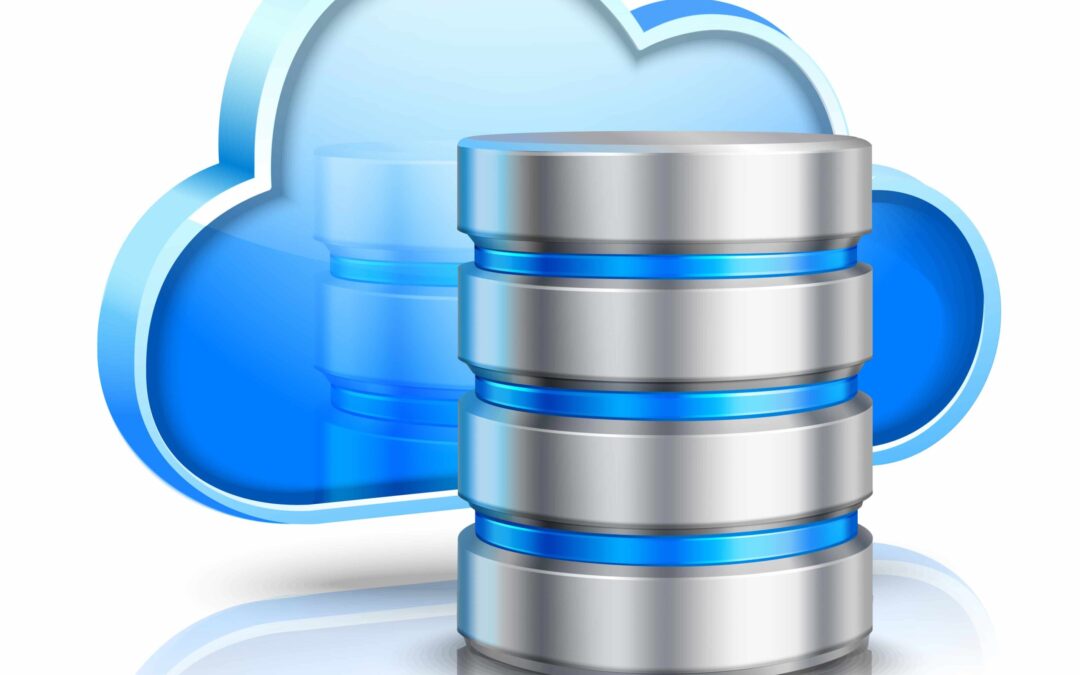Data warehousing is a process through which you can collect and manage your data from multiple sources. The data collected can serve as a source to capture meaningful business insights. The data management system of data warehousing is designed in such a way that it enables and supports activities related to business intelligence, specifically analytics. Data within a data warehouse is basically extracted from multiple sources like application log files and transaction applications. Looking at the data warehouse market, the global Data Warehouse as a Service (DWaaS) is expected to reach $4.7bn in 2021, at a CAGR of 22.3% from 2021-2026. Let’s check out the cloud data warehouses concepts, it’s extremely important while we consider working with offshore engineering services companies.
Data Warehouse Concepts
The architecture of a data warehouse is made of tiers consisting of the top tier, middle tier, and bottom tier. The front-end client is the top tier that gives results through reporting, analysis, and data mining tools. The middle tier has an analytics engine that can be utilized to access and analyze data. Lastly, the bottom tier is the database server where all the data is loaded and stored as well. The data in the bottom tier is stored in two ways that are:
- Frequently accessed data is stored in very fast storage like SSD drives
- Data not accessed frequently is stored in Amazon S3
- Data warehouse at this point ensures that the frequently accessed data is moved into the fast storage to optimize the query speed.
On-Premises Data Warehouse
In on-premise data warehousing, the team is wholly responsible to carry out the actions due to its deployment nature. Go through some of the key benefits of a premise data warehouse.
Control: The organization using on-premise has complete authority over which hardware or software to choose, where to place it, and who all can access it with the on-premise deployments. The IT team also has physical access to the hardware if there is any failure. The team can also go through every layer of software to troubleshoot the issue. The team doesn’t have to depend on third parties to solve the issues.
Speed: The concerns related to network latency are alleviated in the on-premise data warehousing. Although, there can be some data sources accessible only over the internet. If your on-premise solution is not sized in a proper way it can impact the performance.
Governance: Achieving data governance and regulatory compliance is easier with on-premise data warehousing. With on-premise data warehousing, users will exactly know the data location and won’t struggle with
General Data Protection Regulation (GDPR) requirements.
On-Premises: Challenges
Database administrators and analysts, systems administrators, systems engineers, network engineers, and security specialists must design, procure, and install on-premises systems. They have the full responsibility to ensure that the underlying infrastructure is running properly, efficiently, reliably, and securely. Also, it is difficult for the on-premises data warehouse to accommodate larger activities that require large memory. To handle the peak load, organizations can buy tools for sizing the data warehouses.
Cloud data warehouse:
Cloud-based data warehouses take the advantage of the on-demand computing that includes far-reaching user access, seemingly limitless storage, and increased computational capacity. You can also scale and pay only for what is used. Some of the popular cloud-based data warehouses are Amazon Redshift, Microsoft Azure, and SnowflakeDB. Hosting the data warehouse in the cloud requires data integration tools that would turn the data into useful and actionable information. Let’s discuss some of the popular cloud bases data warehouses.
AWS Redshift: Amazon Redshift is a product of Amazon Web Services and a part of Amazon’s cloud computing platform which is completely managed and highly reliable. This product is simple and cost-effective when it comes to analyzing all the business data using the business intelligence tools that are existing.
Their product is built on the data warehouse technology MPP (Massive Parallel Processing) ParAccel by Actian. The product is a simple and cost-effective way to analyze and make decisions.
Azure SQL Data warehouse: It is a cloud-based data warehouse that helps in building and delivering a data warehouse. The azure data warehouse can process a huge volume of relational and non-relational data. It is also responsible for offering SQL data warehouse capabilities on top of a cloud computing platform. Users using the Azure data warehouse can quickly scale, pause, and lessen their data warehouse resources.
Snowflake: It is a fully managed SaaS(software as a service) developed in 2012. Snowflake offers a single platform for data warehousing, data lakes, data engineering, data science, data application development, and secure sharing of data. It supports third-party tools to handle the growing needs of organizations.
Google Big Query: If you are looking to have agility in your business, you can opt for Google Big Query which is a serverless, highly scalable, and cost-effective multicolor data warehouse.
On-premise vs Cloud
Deployment: On-premise resources are deployed in-house and cloud one is deployed in the off-site and in-house too.
Costs: On-premise is more expensive as compared to the cloud.
Control: On-premise data is totally controlled by the organization whereas cloud organization has control over selective access to third-party vendors.
Security: On-premise security concerns can be reduced whereas cloud security concern is a barrier.
Compliance: Organizations adopting on-premise have to comply with regulatory mandates. In the cloud, both enterprise and partner have to comply with regulatory mandates.
